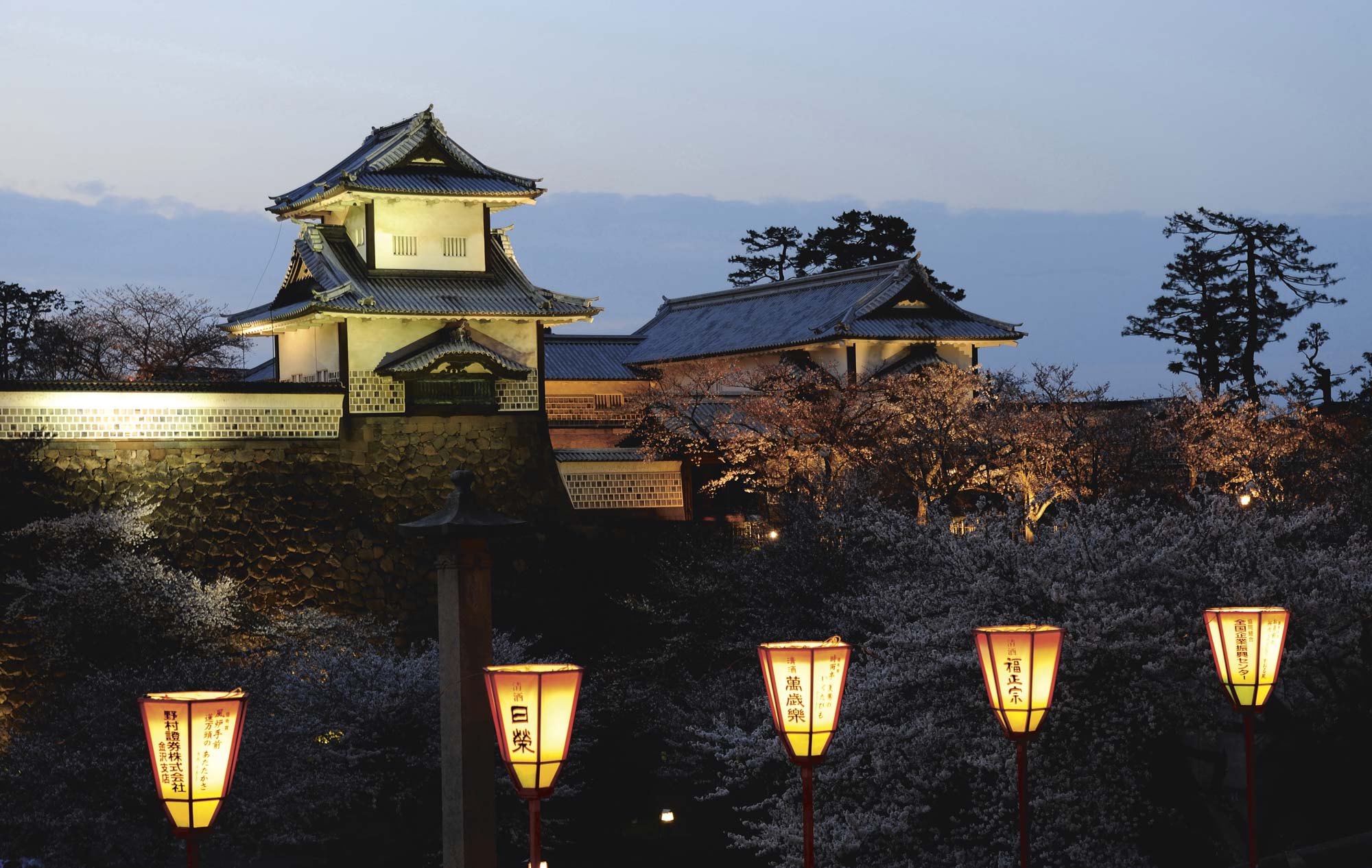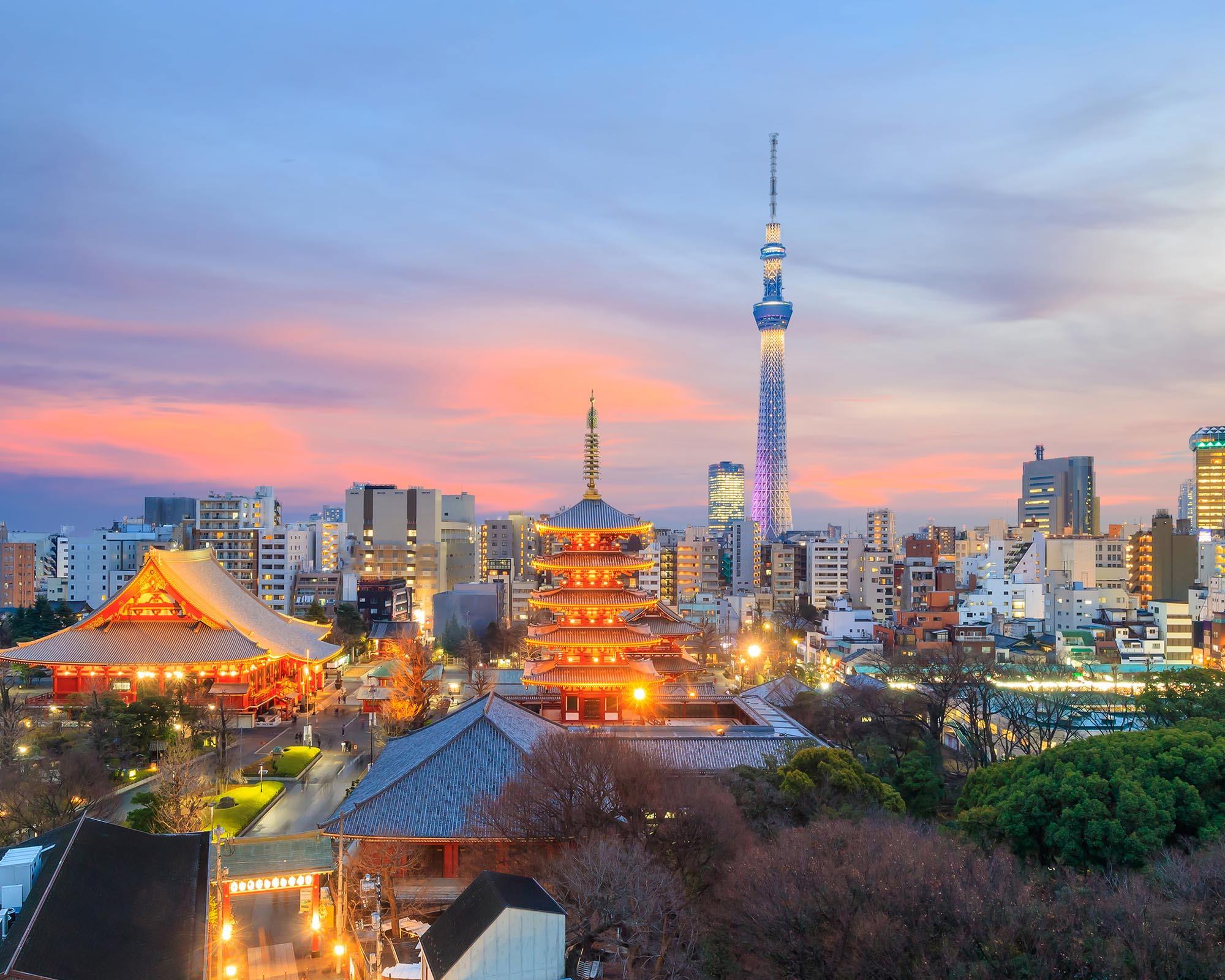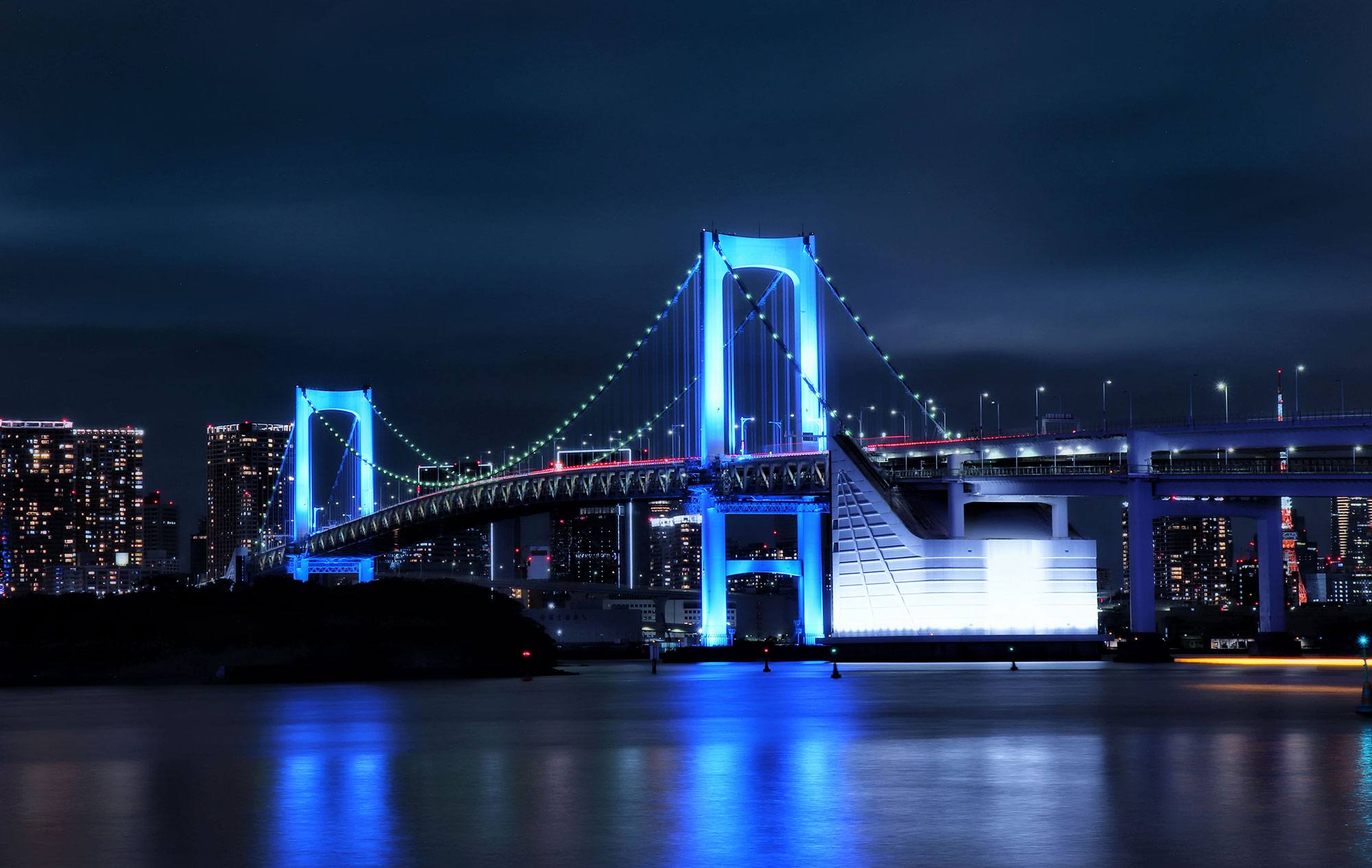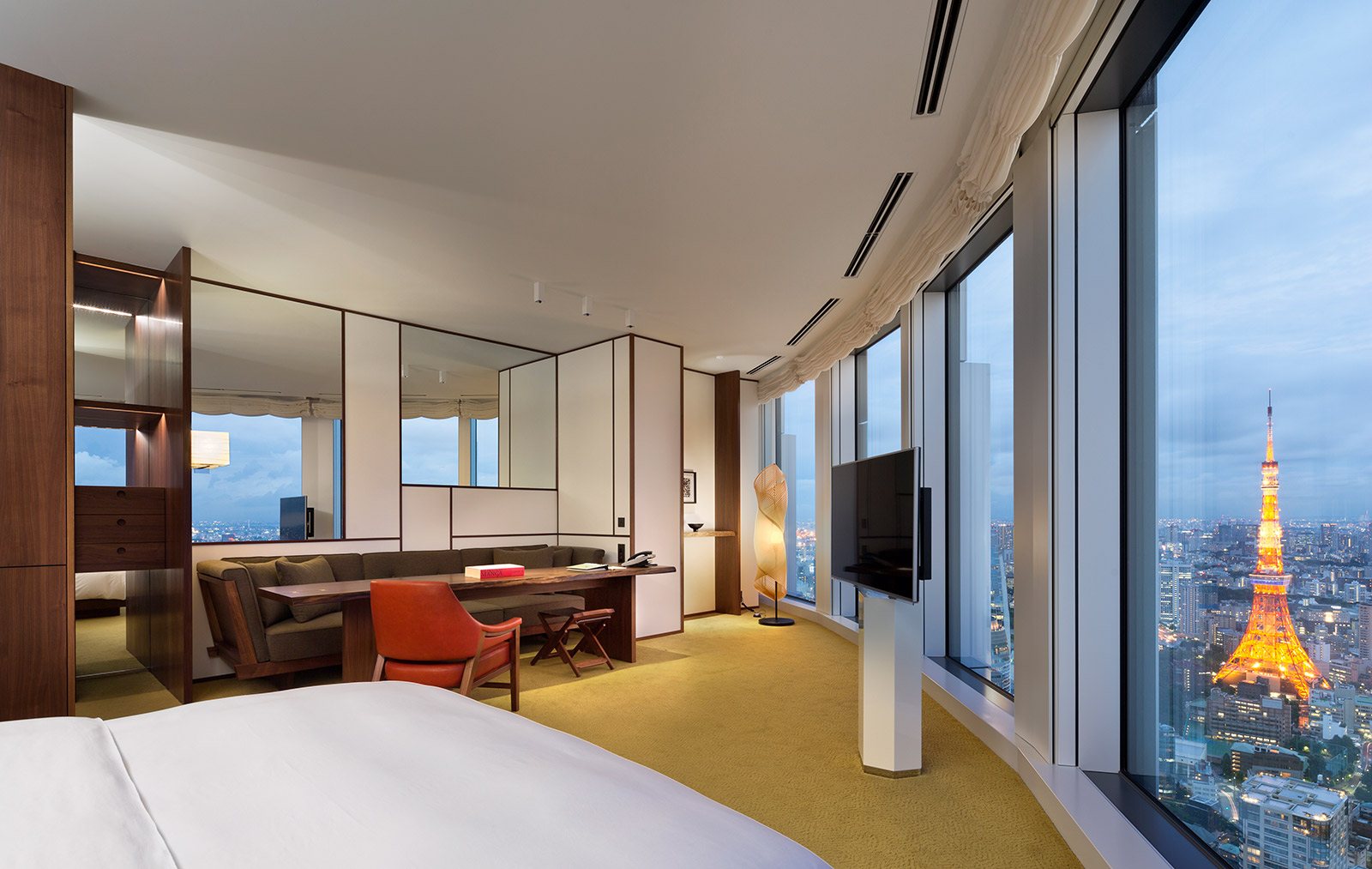After climbing a precarious flight of wooden stairs, I find myself sitting in a little teahouse in the Kazue-machi chaya district, one of three main entertainment areas in Kanazawa. It is freezing out, and as I gaze out the window, the river is flanked by blankets of white on its banks. ‘You should come in April. The river banks are filled with cherry blossoms and the falling petals paint the river pink,’ says Mark Keenan, a guide from Kanazawa Walking Tours. ‘It’s truly a sight to behold.’
The Japanese like to keep their traditions intact, but here in Kanazawa that notion is taken to the next level. My other guide, Gavin Lynch, points at a tile-roofed building. ‘That house was built back in the Maeda era and was used as a storehouse in the late 1500s. It’s another art gallery now,’ he says.
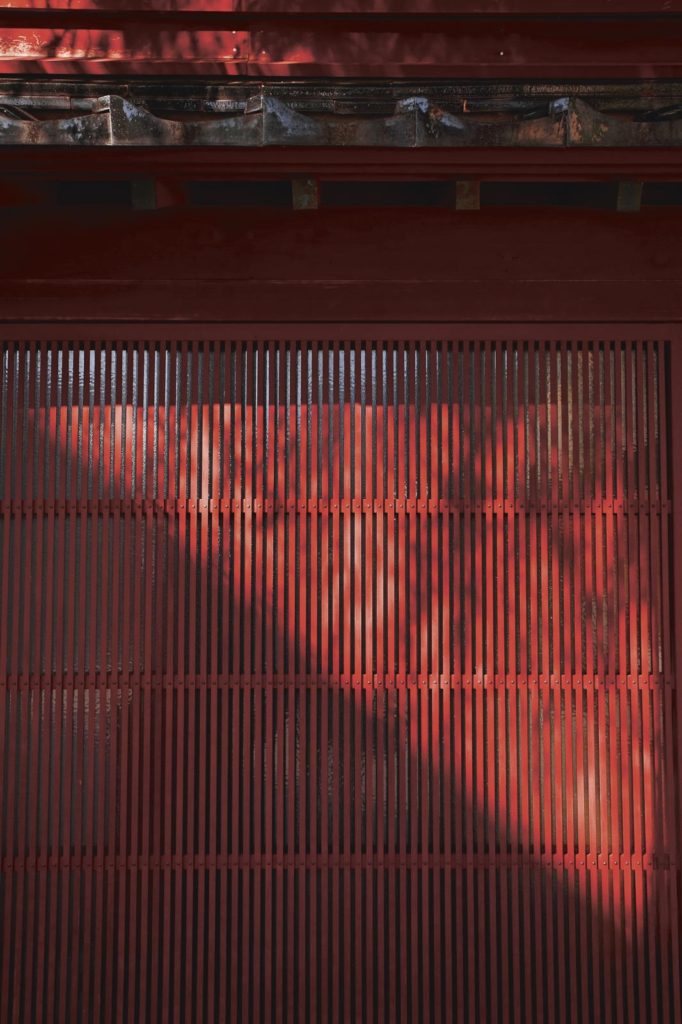
Kanazawa got its big break thanks to the presiding Maeda clan, the second most powerful clan in the country during the Edo period after the ruling Tokugawa clan. Early on, the Maeda samurais decided to invest in arts and culture instead of military power, with the intent of appearing non-threatening to avoid confrontation with the Tokugawa clan. It worked, and Kanazawa became a cultural centre known for its trade in pottery and silk.
The most stunning of the city’s treasures are Kanazawa Castle and Kenroku-en, one of the ‘three great gardens’ of Japan. Famed for its water features and about 9,000 trees, the garden boasts the oldest fountain in
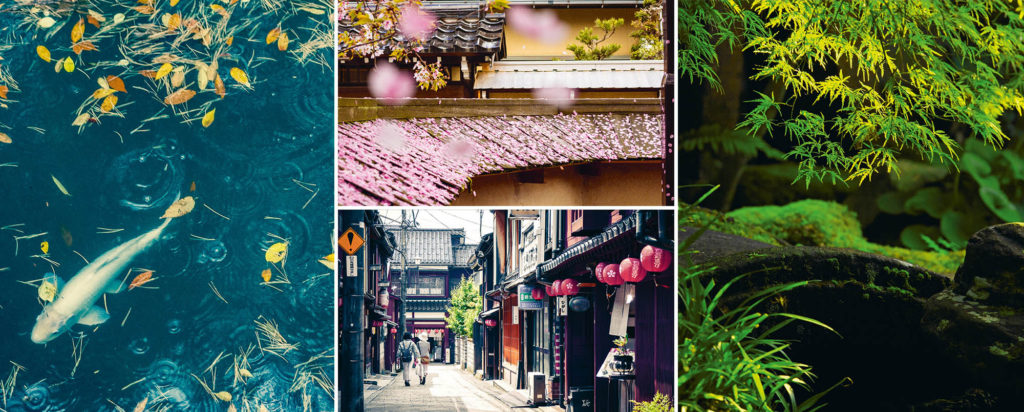
Japan that operates under natural water pressure. A perfect Japanese garden has six attributes: spaciousness, seclusion, tranquillity, artifice, water features and panoramic views. Needless to say, Kenroku-en has all of the above. A little hike from the garden lie the barren castle grounds. The castle tower itself was destroyed by fire in the 1700s, but the gates still stand on top of a hill and offer the same vistas viewed by the Maeda all those years ago.
The Maeda family designed the city, which can be divided into four different sections. The castle grounds are largely surrounded by the entertainment districts. Across the river is the temple district, while the samurai district sits below the castle providing protection: although Kanazawa has never been seized throughout its history, the samurai district here, where the warriors’ homes still stand, is built to withstand attacks. ‘People who love samurai culture go to Tokyo’s samurai museum,’ says Lynch. ‘But here, you can literally walk in their footsteps. It’s as authentic as it gets.’
With so much historic beauty, the comparisons to Kyoto – famed for its temples and gardens – are inevitable. Kanazawa is often called Little Kyoto, to the bemusement of Kanazawa’s residents, who just don’t see their town in the same league as the former capital. In truth, Kanazawa offers much of the same as Kyoto but better: the crowds are thinner, the sights are in pristine condition and the city’s compactness means a full tour can be done on foot. It’s even easy to get to. A bullet train started connecting Tokyo a few years ago, doubling domestic tourism to Kanazawa. And yet, not many foreigners are aware of Kanazawa’s existence.


‘I think the city has a PR problem,’ says Keenan. ‘Kanazawa has everything in place and yet it’s poorly promoted. Even the Shinkansen connecting Tokyo in 2015 had limited marketing. The infrastructure is there, and the city needs small businesses like us to oil the machine.’
The entertainment districts offer more similarities to Kyoto. The main attraction: geishas, or geikos as they’re called here. These traditional hostesses have been present for up to seven generations, and there are those who endeavour to keep this community going today.
‘I see it as a personal mission to preserve the geiko tradition, because once I stop, the tradition dies,’ says Tonami Hiroe, the head mistress of Hanya teahouse in the Nishi-chaya district.
Hiroe is the third-generation proprietor of the teahouse. With the help of geiko Sayaka, it’s business as usual. Although the geiko world has remained relatively untouched by modernisation (Sayaka does have a Facebook account, however), they are cashing in on the influx of tourism. ‘The Kanazawa Odori Dance Festival this September will be in its 14th year. The three teahouse districts join forces for a week and put on a traditional Kanazawa geiko show,’ says Sayaka. ‘I’ll also be trying out as a bus tour guide, providing photo ops for tourists who normally don’t get to see us.’
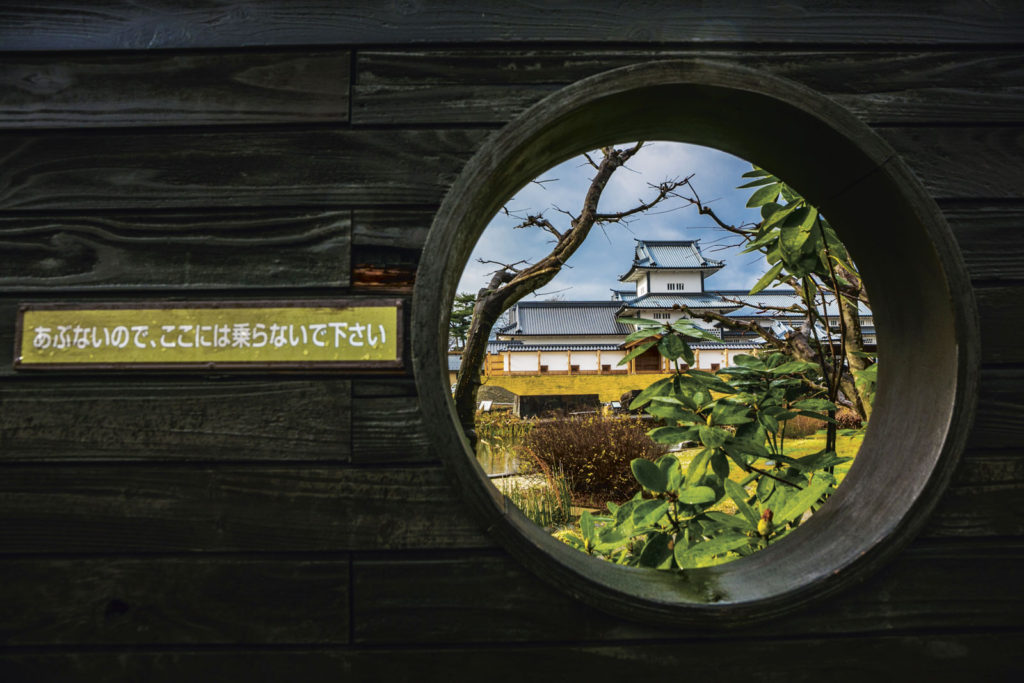
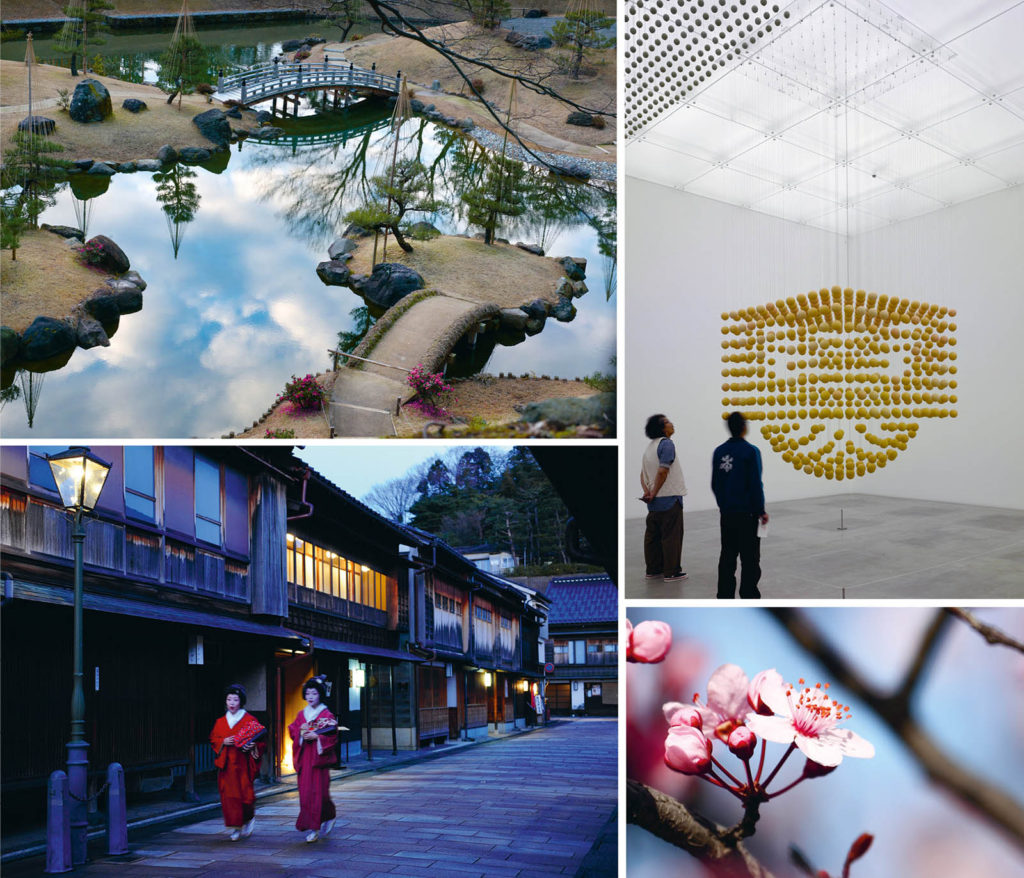
The Kanazawa government does provide incentives by offering grants to businesses that promote tourism, and the Kaname Hostel is one of the beneficiaries. The owner, Hiroshi Hosokawa, lived in Tokyo for 12 years, but decided to move back to his hometown. He says he is able to appreciate its appeal more as an adult.
‘Sometimes you have to leave town to see its beauty,’ he says.
And for some, like Kentaro Takayama, this beauty has led to a career in the arts. His company, Noetica, is an arts promotion agency that aims to use Kanazawan treasures to connect with the younger generation, as well as to discover new local talents.
‘The 21st Century Museum of Contemporary Art is one of the best in the country. Not only is the city touted as a future global art hub, the traditional arts are also thriving as artists effortlessly combine both worlds to create something stunning,’ says Takayama. ‘The Craft Gallery of the National Museum of Modern Art in Tokyo will also move to Kanazawa in 2020. It’s truly exciting times ahead.’
Walk around Kanazawa and you might notice a few swallows’ nests near the houses, which are believed to bring luck to the households. More of the nests have appeared recently. Lynch explains this phenomenon: ‘Eagles hunt swallows but they’re also afraid of humans. These nests show more people are coming to Kanazawa.’ Looks like the luck is here to stay.
Day trip from Kanazawa
There’s plenty more to see in close proximity to Kanazawa. Go for a drive or hop on a bus and find yourself immersed in historical beauty.
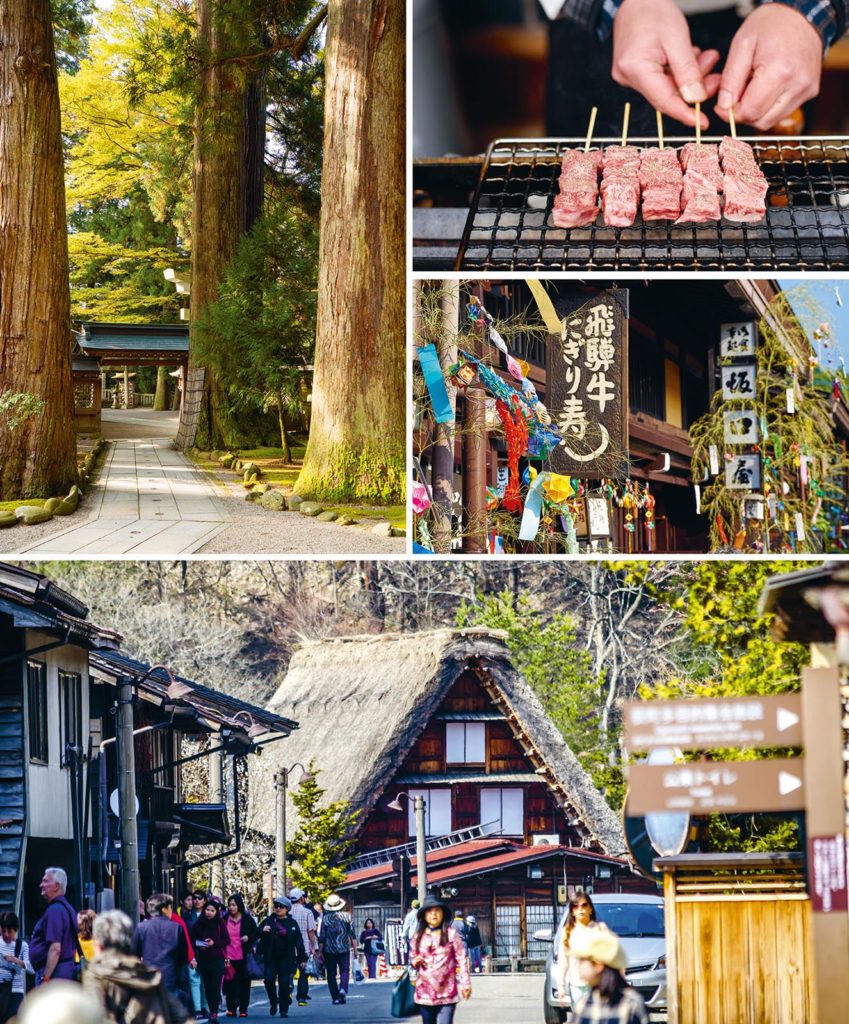
Shirakawa-go
This UNESCO-listed village showcases traditional gassho-zukuri houses – A-frame buildings seemingly out of a fairy tale. Don’t forget to take the bus, which runs every 20 minutes, or trek up to the viewing point. Here, you can take in the whole village, which gets more otherworldly at night, when lights dot the scene. There are also a few homestays and a hot spring facility, should you decide to spend the night.
Takayama
Under shogunate control during the Warring States Period, Takayama enjoyed prosperity despite its remote, mountainous location. It also had a community of highly skilled carpenters. Nowadays, Takayama retains its old-time splendour and regularly attracts visitors who would like to get a taste of ancient Japan. Dip into hot springs, head off on bike paths and visit this town’s charming old district. Don’t forget to sample the hida beef, a local delicacy.
Yamashiro onsen
Also a part of the Kaga hot spring area, Yamashiro is known for its medicinal waters and was a firm favourite among samurais during the Warring States Period. Nowadays it’s known for offering a look at Kaga’s unique culture, with its distinctive arts, crafts and cuisine, which have influenced Kanazawa for hundreds of years.
Noto
Another famous hot spring area, Noto is known for its vibrant festivals; visitors can find a festival going on in a different town every few weeks. Try the Abare Festival in July, when a shrine is set on fire and carried around the city until it collapses.
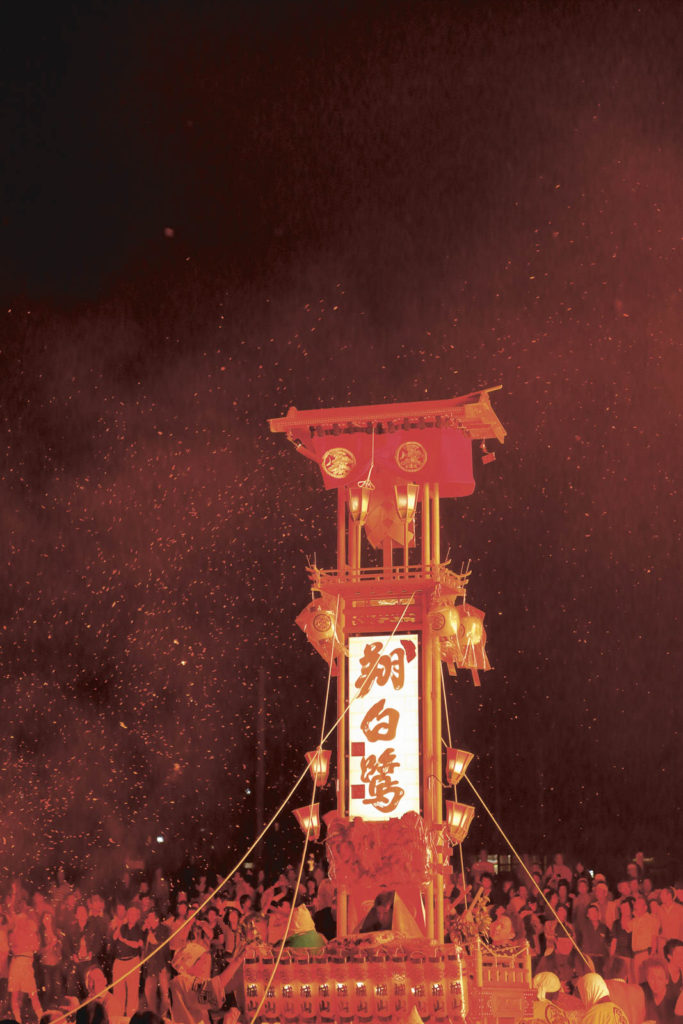
Shirayama Hime Shrine
This Shinto edifice is regarded as the head shrine of 3,000 shrines and temples and is believed to bring worshipers good harvests and business prosperity. It’s at the foot of Hakusan mountain, one of the three sacred mountains of Japan. You can also climb the mountain, but only in August, as it’s covered in snow other times of the year and too difficult to venture up.
Yamashiro onsen
Also a part of the Kaga hot spring area, Yamashiro is known for its medicinal waters and was a firm favourite among samurais during the Warring States Period. Nowadays it’s known for offering a look at Kaga’s unique culture, with its distinctive arts, crafts and cuisine, which have influenced Kanazawa for hundreds of years.



